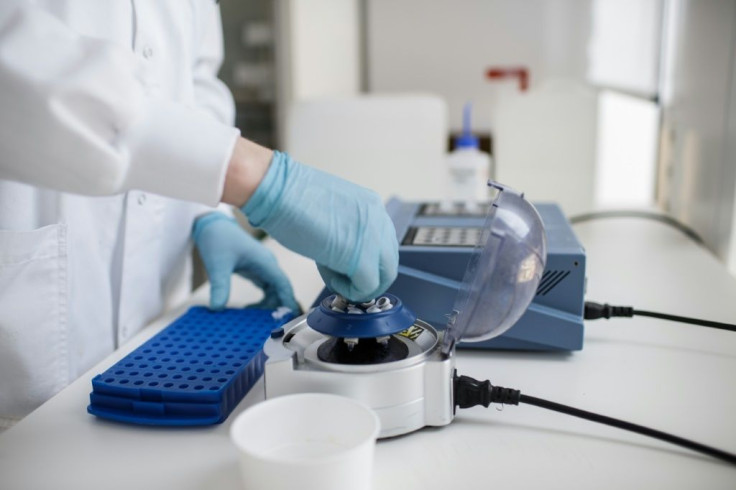89 Coronavirus Vaccines Are Being Developed, But Why Are They Taking So Long?
Development of COVID-19 Vaccine Being Undertaken in Record Time

KEY POINTS
- Developing a vaccine traditionally takes up to a decade
- That biotech firms and pharma companies can now claim to develop, test and mass-produce a new COVID-19 vaccine in under two years is a testament to immense technological advances
- The fastest candidate vaccines being develop are based on DNA and RNA platforms
Epidemiologists or "disease detectives" will say it takes at least 10 years, on average, to develop, test and produce a new anti-viral vaccine.
Given this tedious timescale, news that biotech and pharmaceutical firms worldwide are aiming to have a new vaccine against COVID-19 available in as little as only 18 months is historic and unheard of.
The record for the shortest time to develop a vaccine is held by the one for mumps, which took only four years, in 1960. The Ebola vaccine took five years from start to finish. The first vaccine for the Spanish flu, history's deadliest pandemic that killed more than 50 million people worldwide (675,000 Americans) in 1918 only appeared in the 1940s.
Current vaccines are mostly live virus vaccines using a weakened or attenuated form of the virus. Live virus vaccines aid the body in recognizing and fighting infections caused by the real virus.The measles, mumps and rubella (MMR) vaccine and the varicella (chickenpox) vaccine are live virus vaccines. Killed, or inactivated, vaccines are made from a protein or other small pieces taken from a virus or bacteria.
Using attenuated and killed viruses is a time-consuming, expensive and dangerous process, hence development time taking a decade.
The newest vaccines are made from DNA and RNA, and this allows them to be developed in about 18 months at the earliest. There are currently 89 candidate vaccines for COVID-19 in clinical and pre-clinical evaluation worldwide. Of the seven in clinical evaluation (meaning human trials), two are based on RNA platforms and one on DNA. Of the 82 candidate vaccines in the pre-clinical stage, seven are DNA and 11 RNA.
“I’d say the 12 to 18 months that’s been bandied about by some experts is realistic, but it’s (also) optimistic,” said Dr. James Cutrell, director of the infectious disease fellowship program at the University of Texas Southwestern Medical Center in Dallas. “It is based on the assumption that each phase of trials goes according to plan, with an optimistic time frame at each of those stages.”

Testing vaccines in strict and rigidly monitored human clinical trials normally consumes five years or more. There are four phases in human clinical trials. Phase 1 sees researchers test the candidate vaccine for serious side effects on a small number of healthy volunteers. Phase 2 involves smaller studies looking at efficacy. This lengthy process includes determining the best dosage, the scheduling of dosages if you need multiple ones, among others.
Phase 3 involves larger field studies with up to more than a thousand volunteers. Researchers will take a susceptible population, vaccinate some while having a control group. These volunteers will be monitored for months. Phase 3 will reveal short-term side effects and at what dosages those side effects appear.
“All that has to be done first, and then if Phase 3 shows the vaccine is safe and effective, that’s when you’d look at licensing,” said Dr. Cutrell.
After approval by the U.S. Food and Drug Administration (FDA), the vaccine will still have to be mass-produced and distributed across the country, both of which will take months. Phase 4 consists of testing and monitoring, which will continue even after the vaccine is generally available because it takes time to ensure safety.
“You don’t know if something bad is going to happen a month later, two months later, a year later," said Dr. Kelvin Lee, a professor of chemical and biomolecular engineering at the University of Delaware and director of the National Institute for Innovation in Manufacturing Biopharmaceuticals.
© Copyright IBTimes 2025. All rights reserved.




















